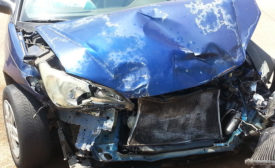News
A FairWarning story
Johnson & Johnson hit with record talc-ovarian cancer verdict of $417 million
August 22, 2017
Never miss the latest news and trends driving the safety industry
eNewsletter | Website | eMagazine
JOIN TODAYCopyright ©2024. All Rights Reserved BNP Media.
Design, CMS, Hosting & Web Development :: ePublishing







